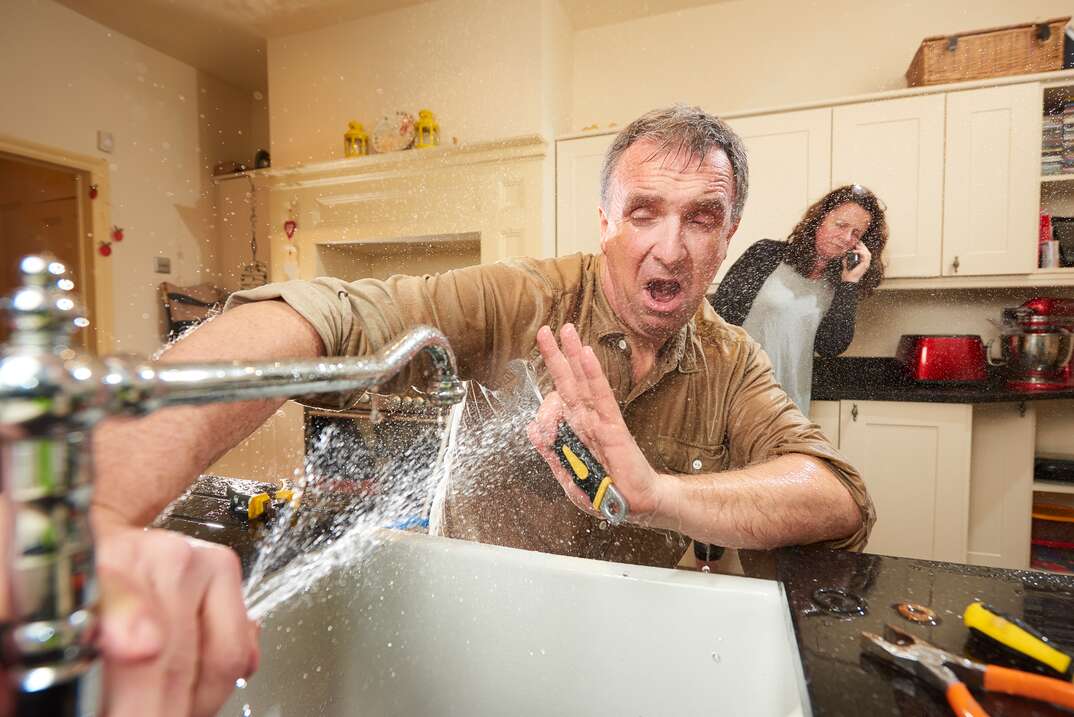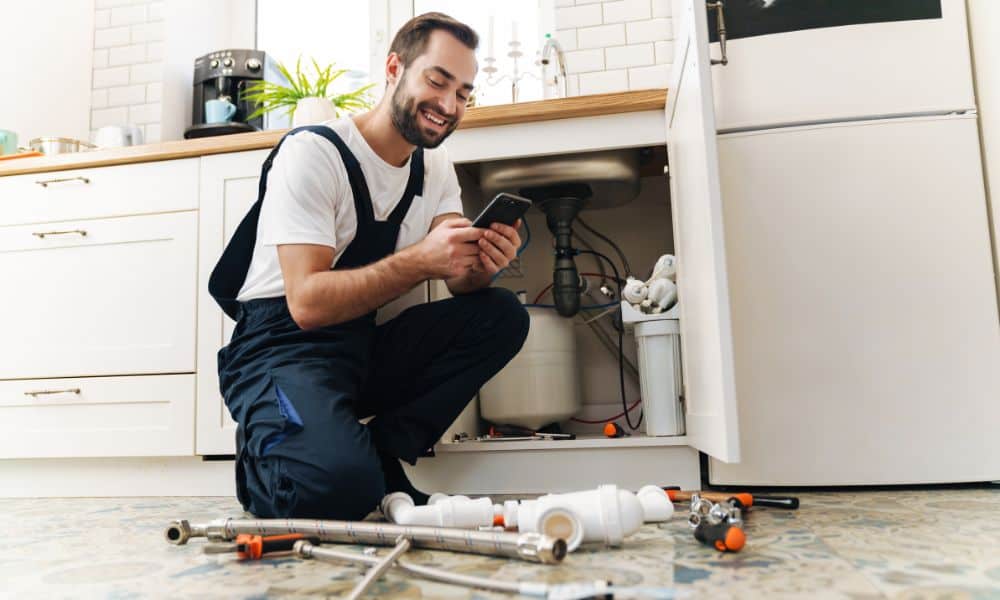Are you interested in tips about When to DIY and When to Call a Professional Plumber?

Intro
Pipes issues can vary from small hassles to significant frustrations, frequently prompting home owners to decide between taking on the trouble themselves or employing an expert plumbing. Recognizing when to DIY and when to seek professional aid can conserve time, money, and stop possible calamities. This write-up discovers the aspects to take into consideration when making this crucial choice.
Advantages of DIY Plumbing
Taking on pipes jobs yourself can be gratifying in several means, specifically for easier projects.
Intricacy of Jobs
Some plumbing concerns need specialized expertise and tools past normal property owner capacities. Mishandling intricate issues can lead to additional damages and costly repair services.
Safety Worries
Collaborating with plumbing systems includes threats such as exposure to water damage, possibility for electrical threats, and taking care of devices improperly. Safety and security precautions need to be observed to stop crashes and make certain efficient fixings.
Indicators to Call a Specialist Plumbing
Acknowledging when a plumbing issue exceeds do it yourself capacities is crucial to preventing worsening problems.
Indications of Complicated Issues
Instances include:
Trigger expert intervention is essential to attend to these issues properly and reduce damages.
DIY Pipes Tips
For successful DIY pipes, it's necessary to be prepared with the right devices and follow appropriate treatments.
Basic Tools and Products
Key tools for DIY plumbing:
Step-by-Step Guides
Clear guidelines guarantee risk-free and reliable DIY repair services:
Selecting the Right Time to DIY
Establishing when to tackle plumbing jobs yourself requires analyzing both the intricacy of the issue and individual comfort levels.
Assessment Checklist
Consider:
Cost Financial savings
DIY plumbing tasks frequently conserve cash by preventing specialist service charge. Tasks like dealing with minor leaks, changing taps, or mounting new showerheads are examples where house owners can take care of repairs without hiring a plumber.
Skill Enhancement
Engaging in DIY pipes supplies a possibility to find out and boost sensible skills. Fundamental tasks equip home owners to recognize their pipes systems far better and obtain self-confidence in taking care of tiny fixings individually.
Threats of Do It Yourself Pipes
While do it yourself projects offer advantages, particular threats must be very carefully thought about before trying fixings.
When to Definitely Call a Professional
Certain circumstances require prompt expert attention to stop comprehensive damage or security hazards.
Emergency situation Circumstances
Examples include:
Finding and Hiring a Professional Plumbing Technician
Selecting a certified plumber ensures reputable service and assurance in dealing with plumbing concerns.
Standards for Choice
Elements to consider:
Cost Evaluation: DIY vs. Specialist Services
Contrasting the financial effects of do it yourself efforts versus specialist plumbing services aids in making informed choices.
Financial Considerations
Evaluate:
Final thought
Deciding whether to DIY or call a specialist plumbing professional depends upon recognizing the complexity of plumbing problems and personal capabilities. By evaluating the benefits and threats, homeowners can make informed selections that promote effective maintenance and safeguard their homes from pipes calamities.
DIY Plumbing Projects: What Homeowners Can Do and When to Call a Professional
Welcome to our comprehensive guide on DIY plumbing projects. In this blog post, we aim to empower homeowners with the knowledge and skills to tackle basic plumbing tasks around the house. From unclogging drains to fixing a leaky faucet, we’ll walk you through step-by-step instructions on how to handle these common issues.
However, not all plumbing problems can or should be solved with a DIY approach. Recognizing when a problem is beyond your skill level and requires professional intervention is just as important as knowing how to perform basic tasks. We’ll also discuss the signs that indicate it’s time to put down your tools and pick up the phone to call a professional plumber. By understanding when to DIY and when to call a professional, you can save time, avoid potential disasters, and ensure your home’s plumbing system remains in top shape.
Understanding Plumbing Basics
Before we dive into the DIY projects, let’s take a moment to understand the basics of your home’s plumbing system. A typical residential plumbing system consists of two major components: the water supply system, which brings fresh water into your home, and the drainage system, which removes waste water. These systems are made up of a network of pipes, valves, and fixtures that work together to deliver clean water and dispose of waste efficiently.
Regular maintenance of your plumbing system is crucial to prevent minor issues from escalating into major problems. This includes tasks like checking for leaks, removing minor clogs, and ensuring your pipes are insulated for winter. By performing these tasks regularly, you can extend the lifespan of your plumbing system, save money on water bills, and maintain the comfort and hygiene of your home.
In the following sections, we’ll explore some common DIY plumbing projects that homeowners can handle, as well as situations that require the expertise of a professional plumber. Whether you’re a seasoned DIY enthusiast or a beginner, this guide will provide you with valuable insights into the world of home plumbing.
DIY Plumbing Projects Homeowners Can Handle
Plumbing may seem intimidating, but there are several tasks that homeowners can confidently tackle with a little guidance and the right tools. Here are a few common issues you might encounter and how to address them.
Unclogging Drains
Use a Plunger: This is your first line of defense. A good old-fashioned plunger can dislodge the obstruction and clear the drain in many cases. Try a Plumber’s Snake or Hand Auger: If the plunger doesn’t work, a plumber’s snake or hand auger can reach deeper into the pipe to break up the clog. Use a Drain Cleaner: If physical methods fail, a chemical drain cleaner can dissolve the clog. However, use these products sparingly as they can damage your pipes if overused.

As a fervent reader on When to DIY and When to Call a Professional Plumber, I imagined sharing that piece of content was really useful. I beg you set aside a second to promote this blog if you enjoyed it. Thanks so much for going through it.
Click Here